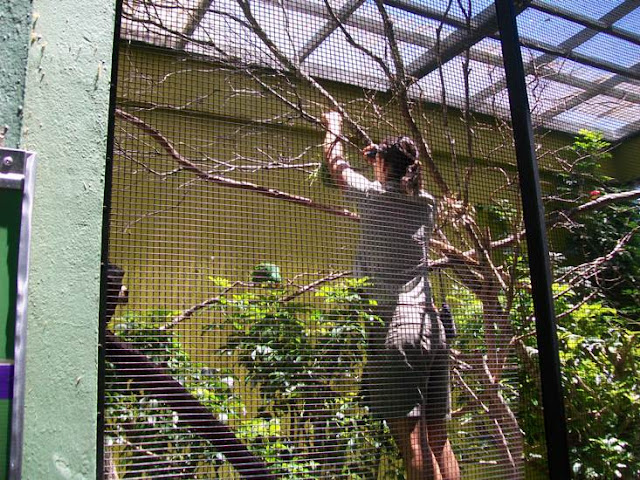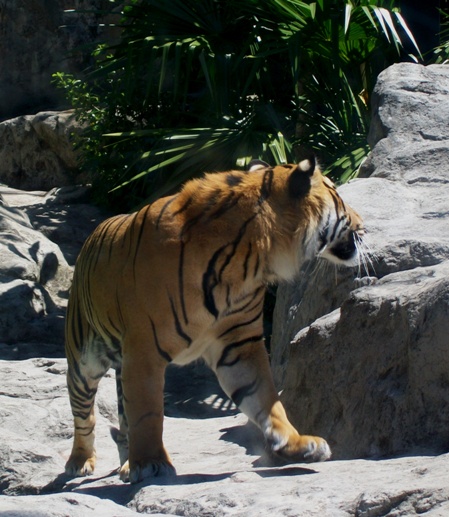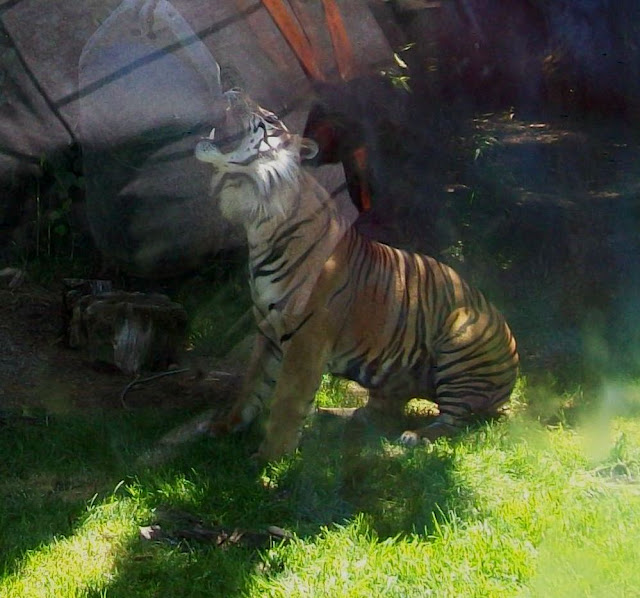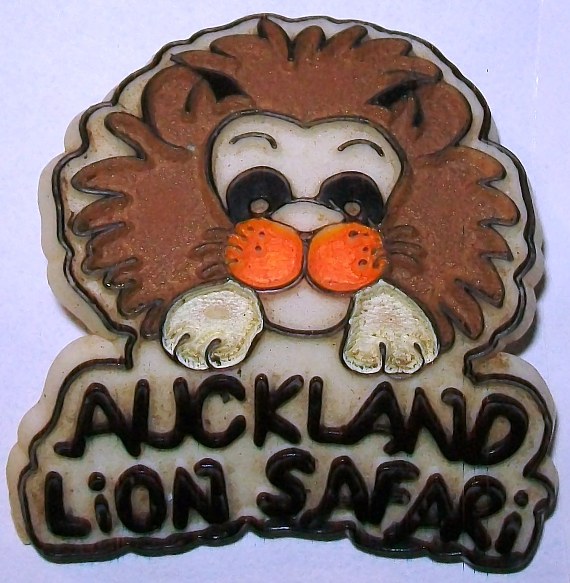I may have headed to the Zoo yesterday to see the tigers, but I did take other photos as well.
There was the Galapagos Tortoise feeding ...
With two females and one male, the Zoo are trying to successfully breed them. But, so far, only infertile eggs have been found.
The macaws next door got their lunch around the same time.
So did the Eclectus Parrot.
Part of the 1923 architecture of the zoo: the band rotunda.
Complete with a water feature which drew thirsty kids like a magnet on the hot day.
Except this is not what they should be trying to drink. I did see one kiddy precariously balance on the rim to take a drink, but she soon spat it out.
According to some very handy early maps of the zoo published on the Zoo Chat messageboard, it appears that this enclosure dates from sometime between the late 1920s and 1950 -- by the latter period, it was four separate compartments, housing vultures.
These days, it is home to a very different animal.
A lone chimpanzee, named Janie.
These days, she's close to 60 years old, taken from her mother in Sierra Leone and shipped first to London Zoo, then to Auckland in 1956.
There, she became one of the zoo's tea-party chimps, a practice that charmed visitors but didn't do a lot of good for the chimpanzees. The practice ceased in 1963, fifty years ago.
In the 1980s, an unsuccessful attempt was made to integrate the three survivors, Janie, Josie and Bobbie, with a mother-raised chimpanzee group. Josie died in 2000, Bobbie in 2004, and now Janie is the sole survivor of an old idea in the zoo's history, housed in one of the zoo's oldest enclosures.
She has Type 2 diabetes these days, but otherwise is well-looked after by the keepers.
Next to Janie's cage -- the Aussie walkabout area.
Star of the show wasn't even an Aussie.
A bit of luck, that while I was waiting for the tiger encounter, I spotted a keeper giving food to a couple of the otters.



































































































